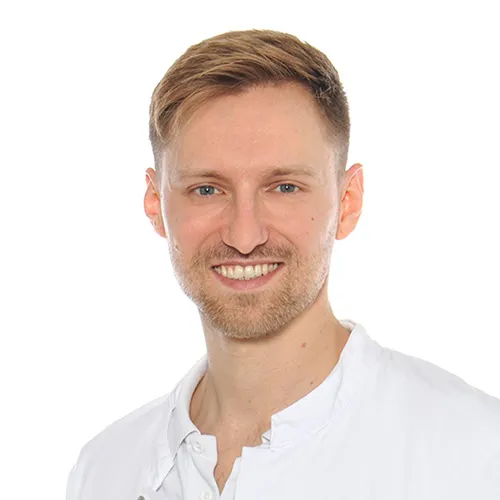
The Plastic Surgery department at the Swiss Paraplegic Centre (SPC) cares for complex wounds using a range of surgical procedures. Performing over 300 operations per year, it is Switzerland’s largest centre of excellence in this field.
Plastic and reconstructive surgery as a specialism is primarily concerned with resolving soft tissue defects (skin, fatty tissue, muscle, and some bones) and problematic scars which may be caused by accidents, the removal of tumours, complications following surgery, or chronic wounds. Specific surgical techniques are used in this process, in order to restore lost function and form, and to reintegrate the patient into everyday life.
Treatment options
Our specialists

Dr. med. Alexander Haumer
Contact / Referral

Outpatient Plastic and Reconstructive Surgery

Inpatient Plastic and Reconstructive Surgery
Partners/collaboration
Memberships
Werden Sie jetzt Mitglied und erhalten Sie im Ernstfall 250 000 Franken.
Spenden Sie jetzt und unterstützen Sie unsere Projekte zugunsten von Querschnittgelähmten.
